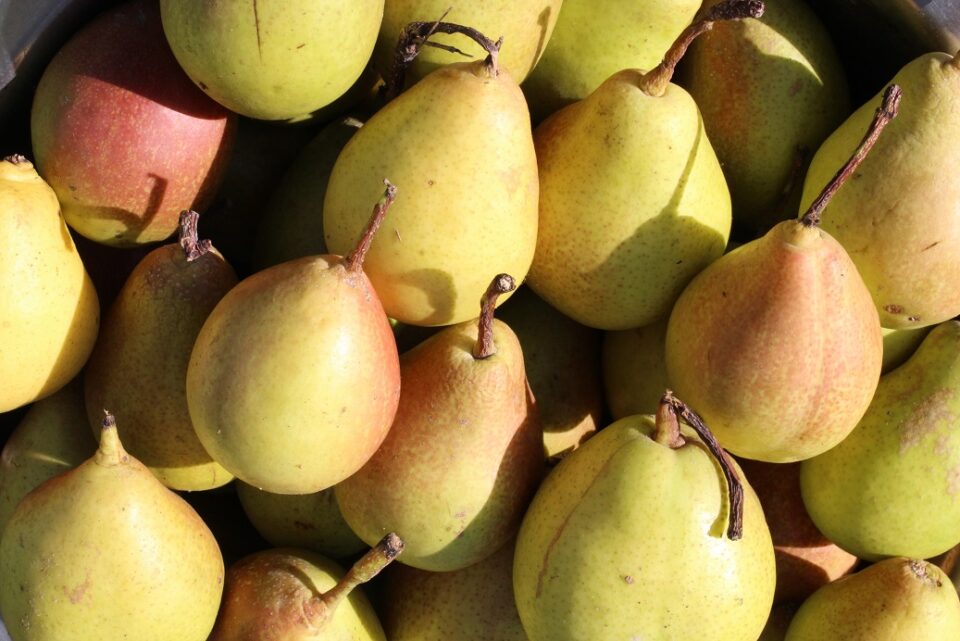After the holidays, the inflated pre-New Year’s prices for fruits in Tajikistan dropped and are now hitting record lows. This applies primarily to locally produced pears. In Tajik markets, for example, a pear of the Dilafruz variety can be purchased at a price of 3.5-5 somonis ($0.30-0.44). Thus, pears have become equal in price to apples even though traditionally in Tajikistan they were always more expensive.
Experienced farmer Fayzullo Dilshodov explained to EastFruit about the reasons for the decline in prices for some fruits: “There are many factors that influenced the decline in prices for apples and pears. The first factors are a pandemic, a decrease in the population’s earnings, and a decrease in its purchasing power, but I will not focus on these in detail.
“The second reason is, in my opinion, an increase in the area of orchards and vineyards, including, strange as it may seem, intensive orchards. I want to focus on this factor in more detail, although I emphasize these are my personal opinions, which may be erroneous.”
According to the farmer, 75-80% of Tajikistan’s population is employed in the agricultural sector. The previously existing areas of orchards and vineyards fully met the needs of the inhabitants of Tajikistan for fruits and grapes, and part of the products was supplied for processing at canneries. The expansion of the area of orchards and vineyards, including intensive ones, was intended to increase the export potential of the industry. This, however, with the exception of apricots, did not happen. The exports of apples, pears, pomegranate, quince, peach, cherry, and prunes remain at low levels. At the same time, their production is increasing and the products are supplied to the local market. It is oversaturated and prices naturally fall.
Read also: Horticulture of Tajikistan 2020: superfoods, disappointments, and price peaks
Fayzullo Dilshodov feels certain that it is necessary to improve logistics and, thanks to this, increase fruit and vegetable exports. In this case, it is necessary to look for new relevant markets. Traditionally, Tajik fruits and grapes were exported mainly to Russia and Kazakhstan. Currently, consumers from China, Europe, and the Middle East are showing great interest in ecologically clean and high-quality fruits. “This means we have to work towards meeting their growing demand for our products. Here, of course, we need government assistance in creating logistics centres and providing various benefits as well as organizing and holding various exhibitions, including online, in order to attract potential buyers,” believes Mr Dilshodov.
Yet, he suggests there is a problem with the required volumes. “Also, now Tajik farmers grow their products on small farms and, as a rule, a trader has to collect the volume of products necessary for export from several, or even from a dozen farmers. I think the time has come for farmers to form cooperatives. This will allow us to engage in agricultural production more professionally,” concludes Fayzullo Dilshodov.
The use of the site materials is free if there is a direct and open for search engines hyperlink to a specific publication of the East-Fruit.com website.




